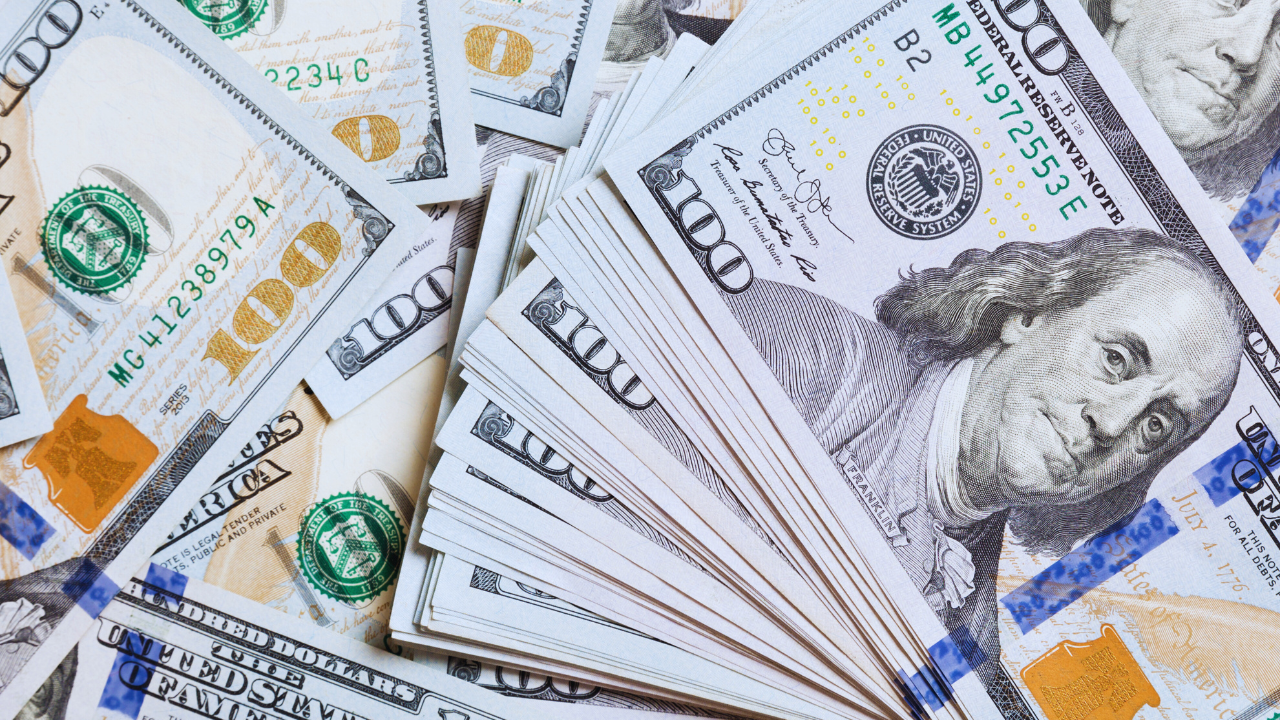ARTICLE AD BOX

Did you know that the influence of the US dollar stretches far beyond America’s borders. Not only is it the official currency of the United States, it is also one of the world’s strongest and most trusted forms of money.
Governments across the globe hold vast reserves of US dollars, using them to settle international transactions and as a safeguard against fluctuations in their own currencies. This dual role, as both a domestic currency and the world’s leading reserve currency, has cemented the dollar’s reputation as the backbone of global finance.According to World Population Review, here we have listed some of the countries and territories that officially use the US dollar as their legal tender.
Some adopted it after periods of economic instability, while others rely on it because of historic or political ties to the United States. Below are ten prominent examples. For travelers, this makes visiting dollarized countries easier, since carrying or exchanging US currency abroad can feel as seamless as spending at home.
United States of America
The US dollar is the official currency of the United States. Issued by the Federal Reserve, it underpins the US economy and serves as the world’s primary reserve currency, widely accepted in trade, investment, and banking worldwide.

Ecuador
In 2000, Ecuador abandoned its national currency, the sucre, after hyperinflation and a banking collapse. The country officially adopted the US dollar to stabilise its economy and restore investor confidence. Ecuador still issues centavo coins for change, but all banknotes are in dollars.
El Salvador
El Salvador replaced the colón with the US dollar in 2001. Dollarisation was intended to reduce inflation and promote trade and investment, especially with the United States.
While Bitcoin was legalised in 2021, the US dollar remains the official and dominant currency. Read more: Want to live in the world’s happiest country? Here’s how to get PR in Finland
Panama
Panama has used the US dollar since 1904, following its independence from Colombia and close ties with the US during construction of the Panama Canal. While Panama also has its own currency, the balboa, it exists only as coins pegged to the dollar, making the USD the main unit in circulation.
Timor-Leste (East Timor)
When Timor-Leste became independent in 2002, it adopted the US dollar to maintain financial stability.
Although the nation issues its own centavo coins, the dollar remains the official currency for everyday use and government finances.

Federated States of Micronesia
Micronesia, under a Compact of Free Association with the United States, uses the US dollar exclusively. This arrangement ensures economic stability and reflects its close political and defense relationship with Washington.
Marshall Islands
The Marshall Islands also operate under a Compact of Free Association with the United States.
As part of this relationship, the US dollar serves as the country’s official currency, simplifying trade and aid transactions. Read more: 5 must-visit spots in Kodaikanal that are pure hill station magic
Palau
Palau, another Pacific nation linked to the United States through a compact agreement, does not issue its own money. The US dollar is the sole legal tender, forming the foundation for all banking and commerce.
Zimbabwe
Zimbabwe’s national currency collapsed due to hyperinflation in the 2000s.
To stabilize its economy, the government legalized multiple foreign currencies, with the US dollar becoming the most widely used. Although a Zimbabwean dollar has been reintroduced, USD remains crucial for trade and daily transactions.
US territories (Puerto Rico, Guam, American Samoa, US Virgin Islands, Northern Mariana Islands)
As unincorporated or organized territories of the United States, these regions naturally use the US dollar as their legal tender. All economic activity, government operations, and financial systems function as they would within the fifty states.The US dollar’s role extends far beyond American borders. From Latin America to Africa and the Pacific Islands, countries have turned to the USD for stability, credibility, and integration into global markets.



.png)
.png)
.png)
















 1 hour ago
6
1 hour ago
6









 English (US) ·
English (US) ·